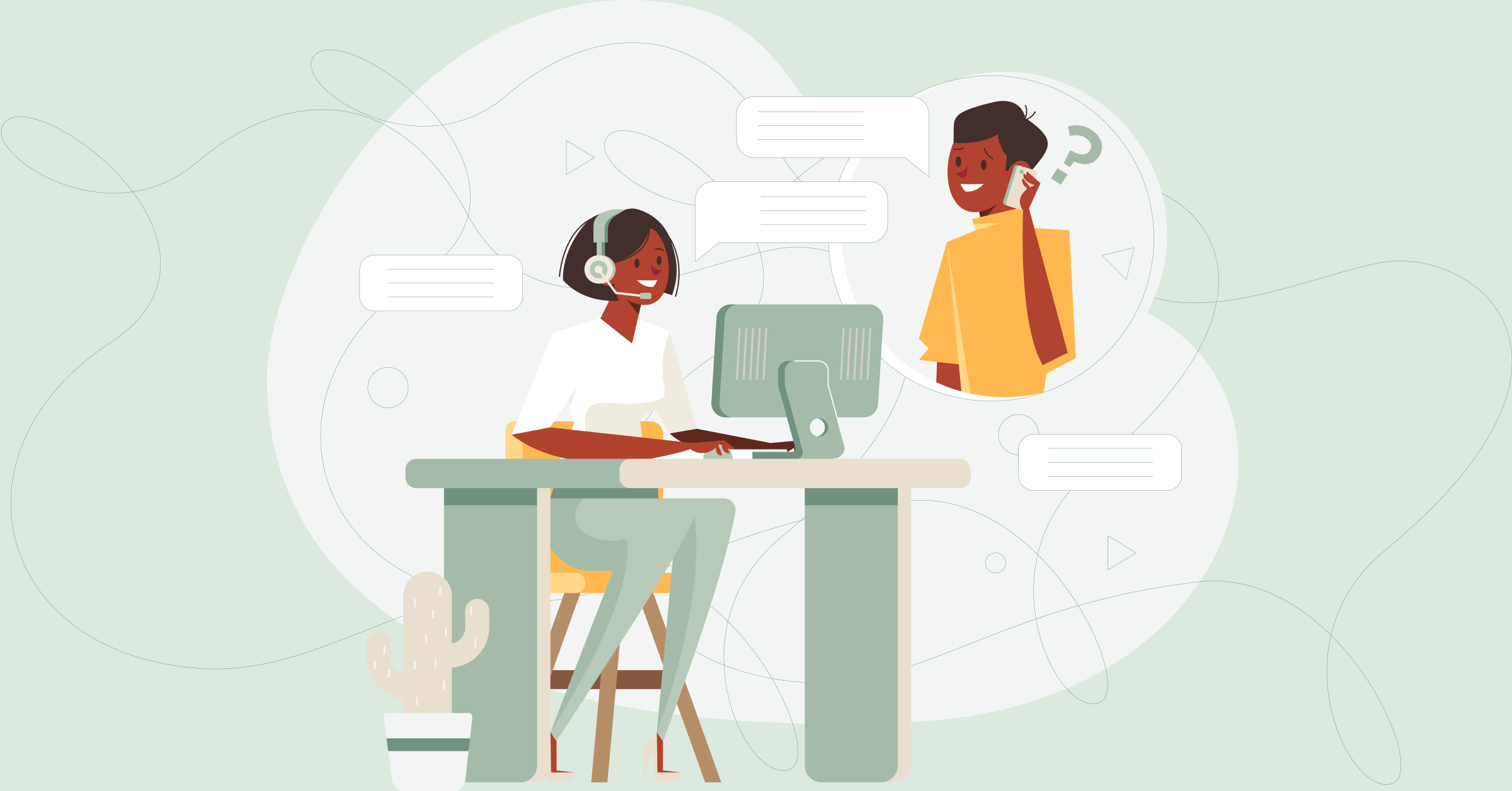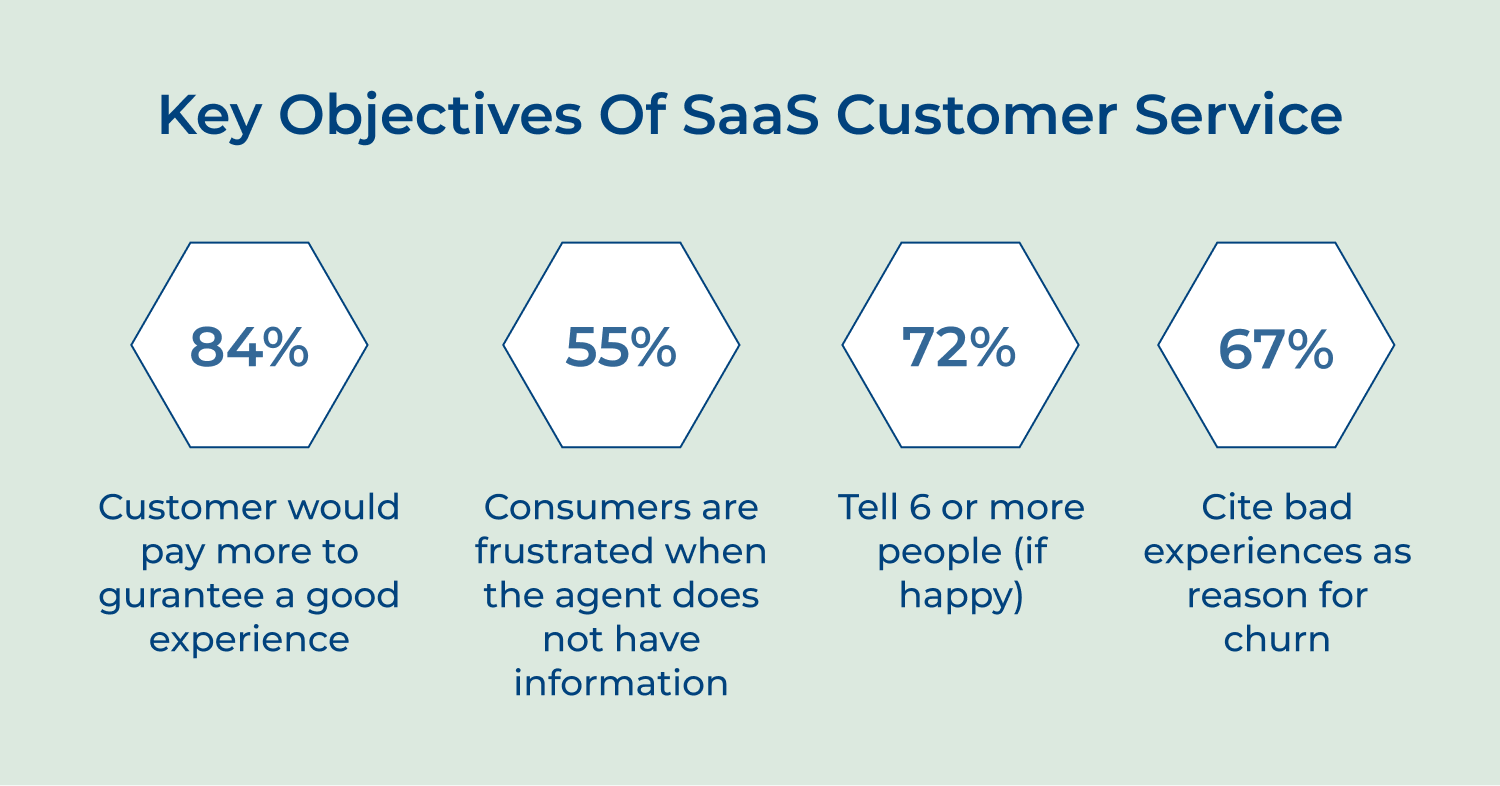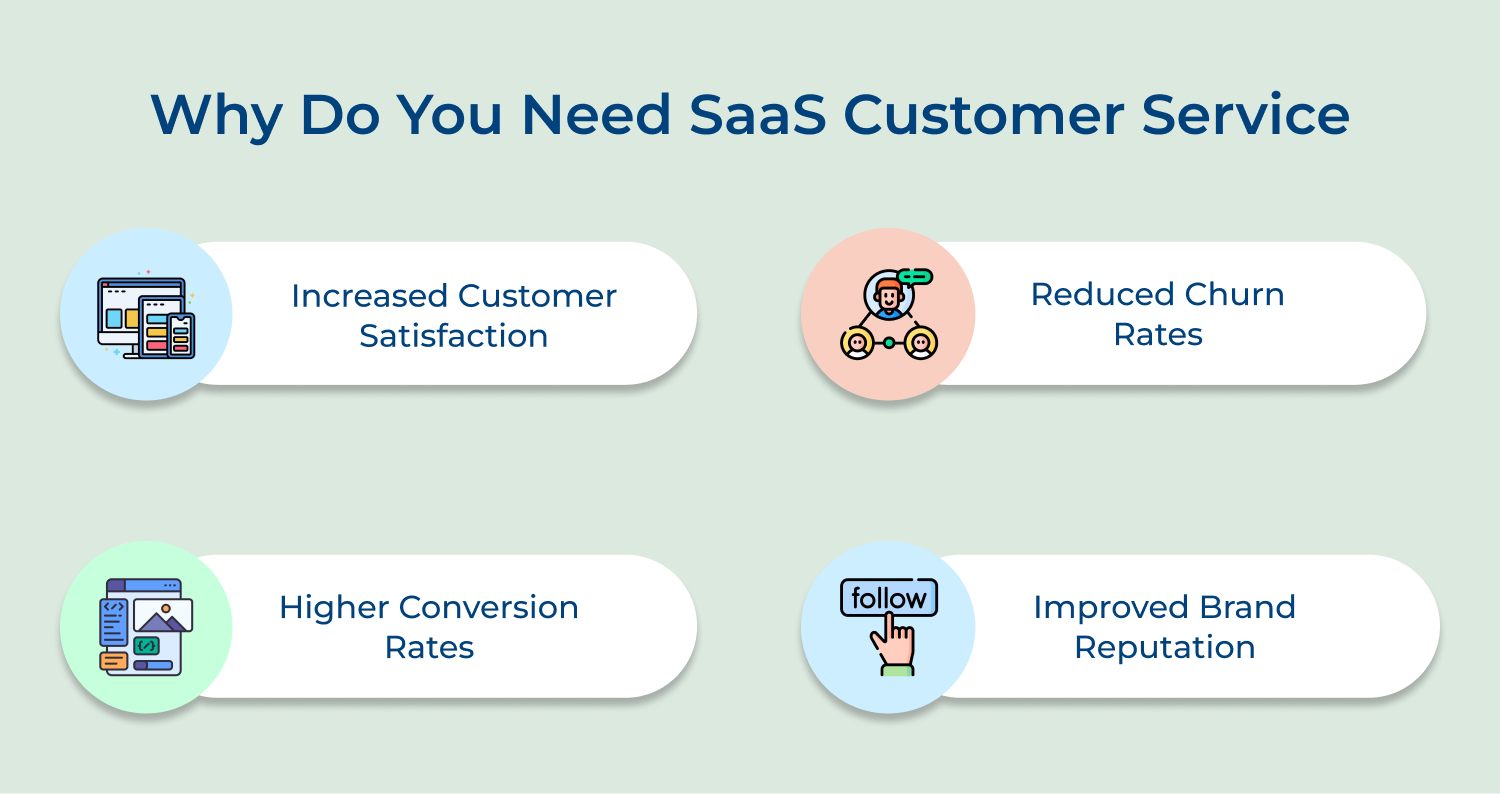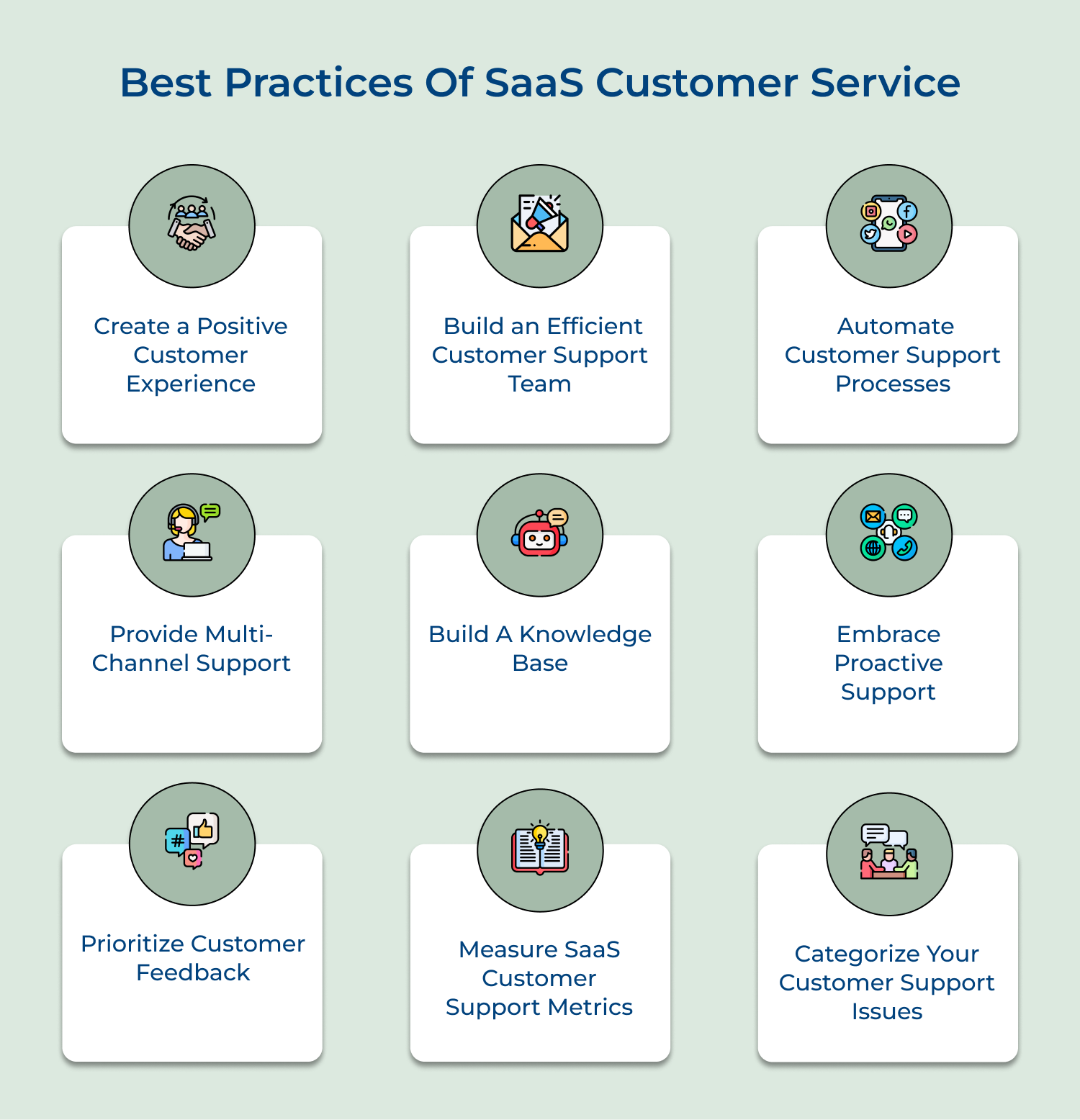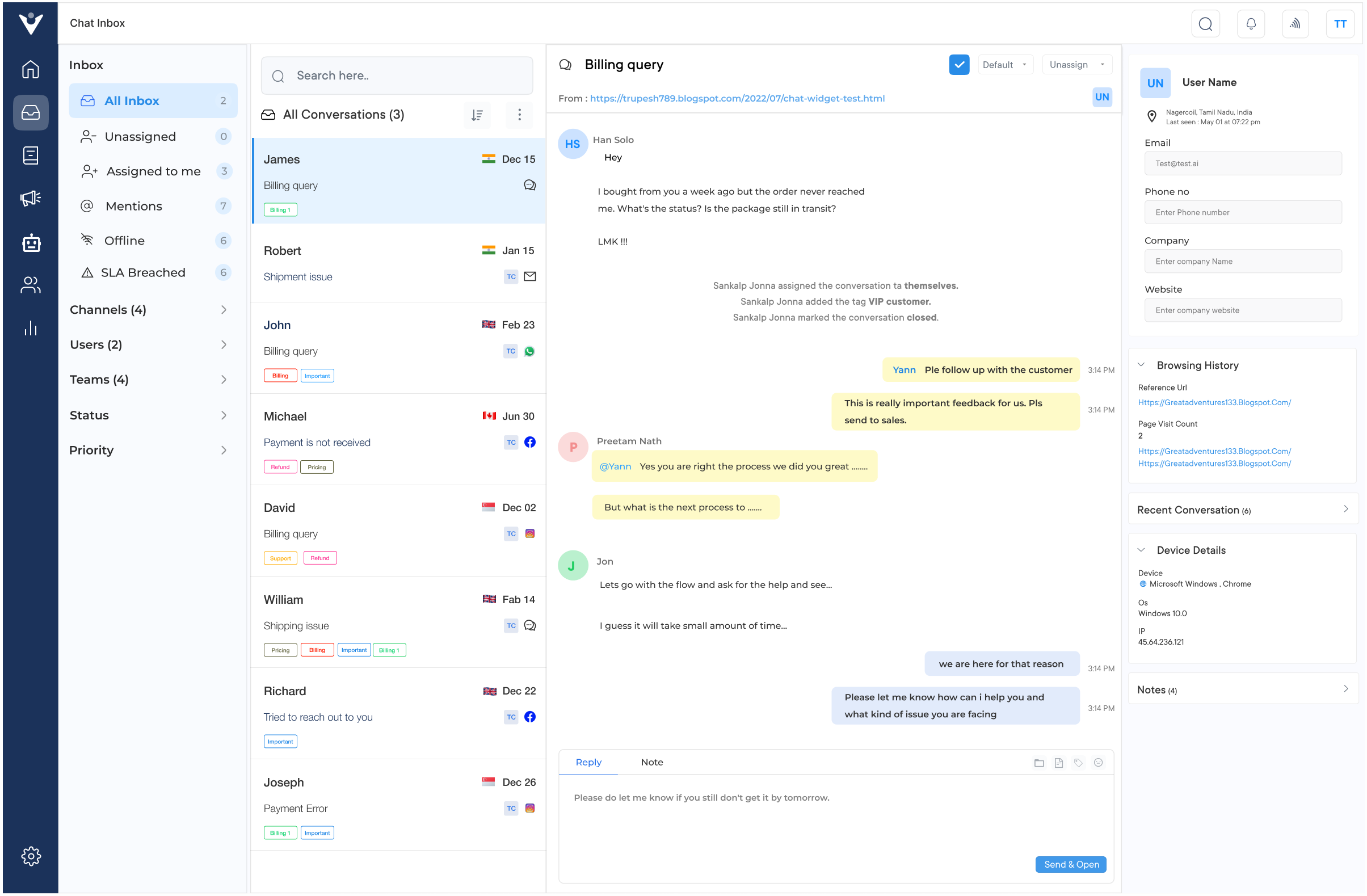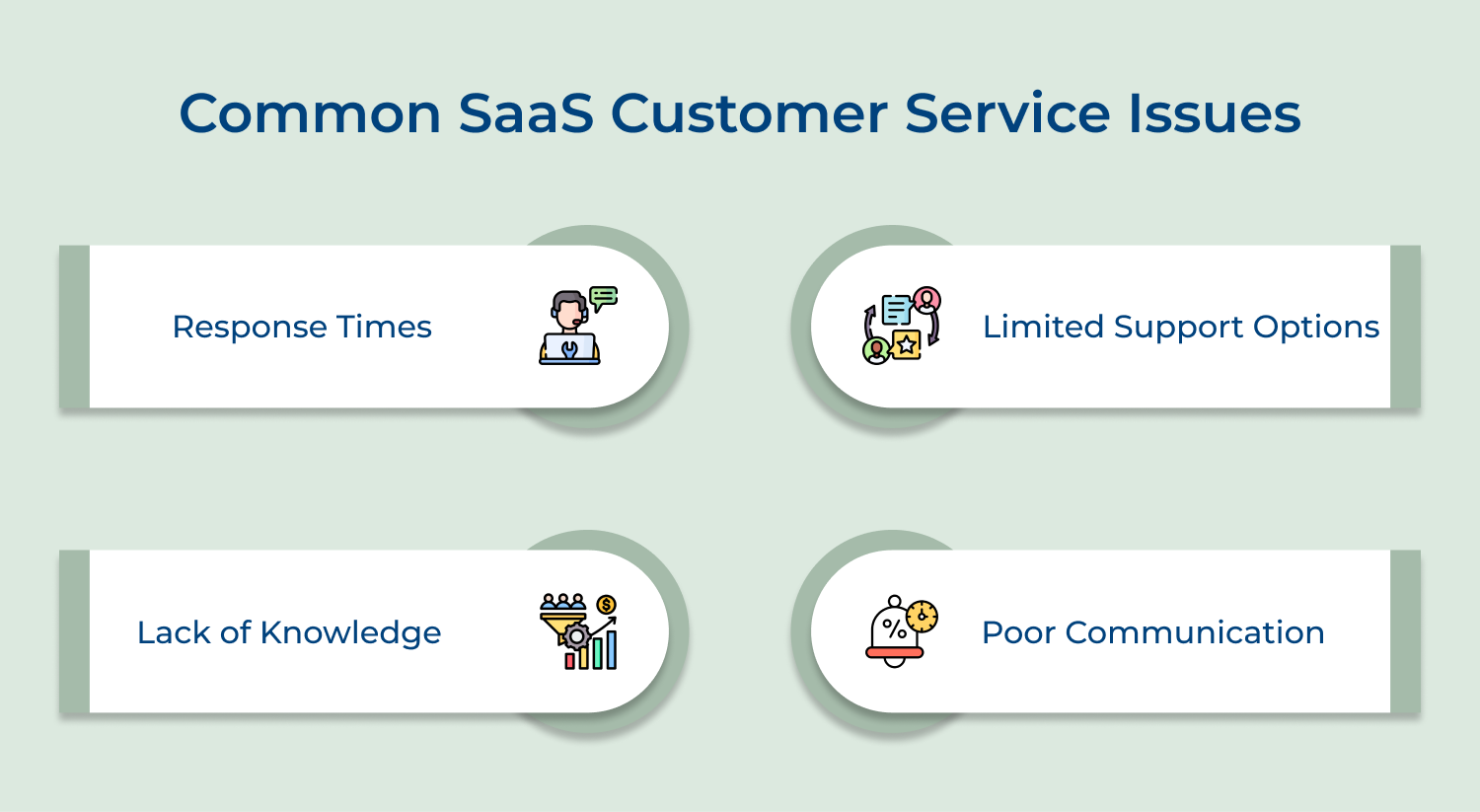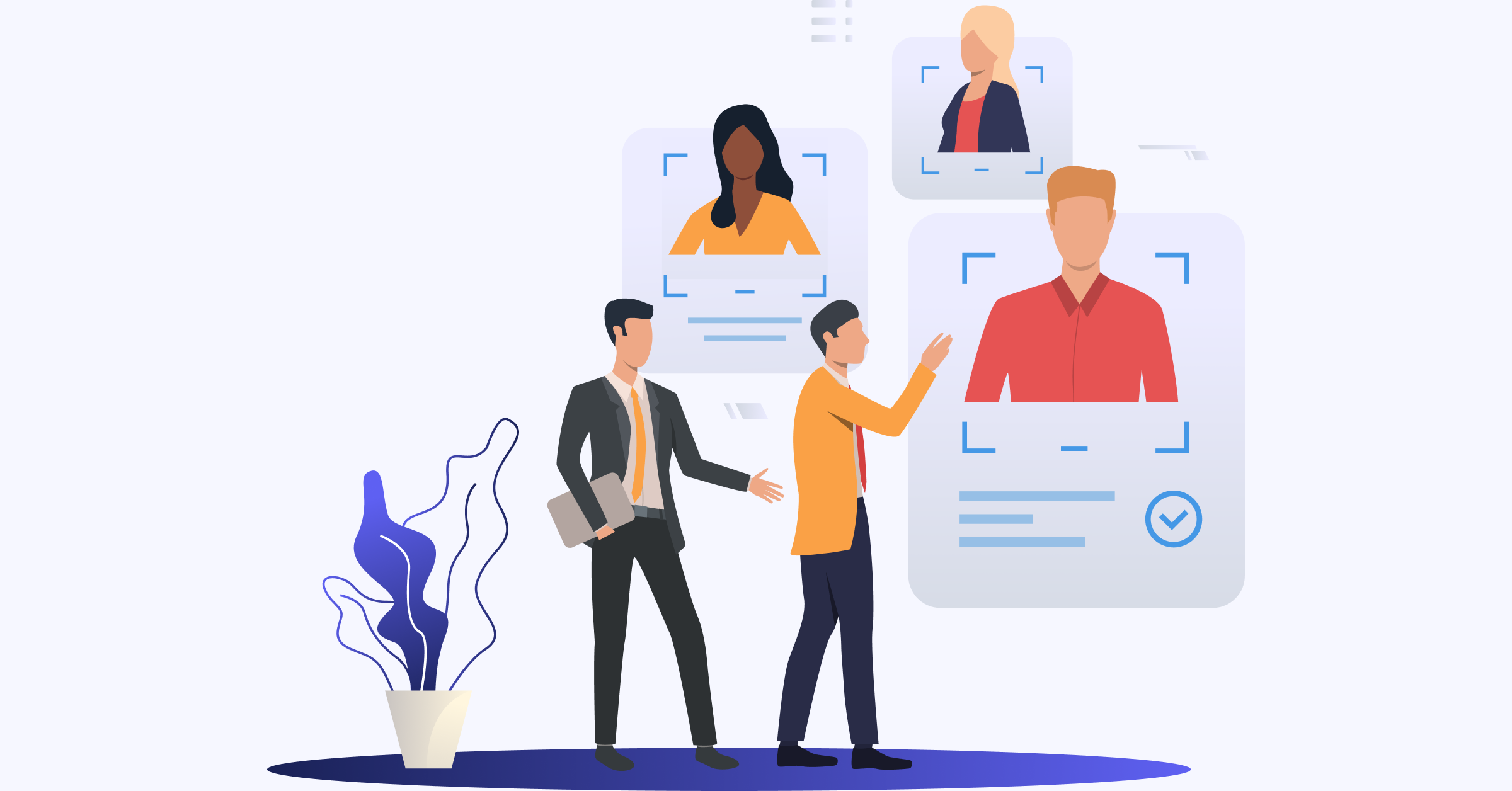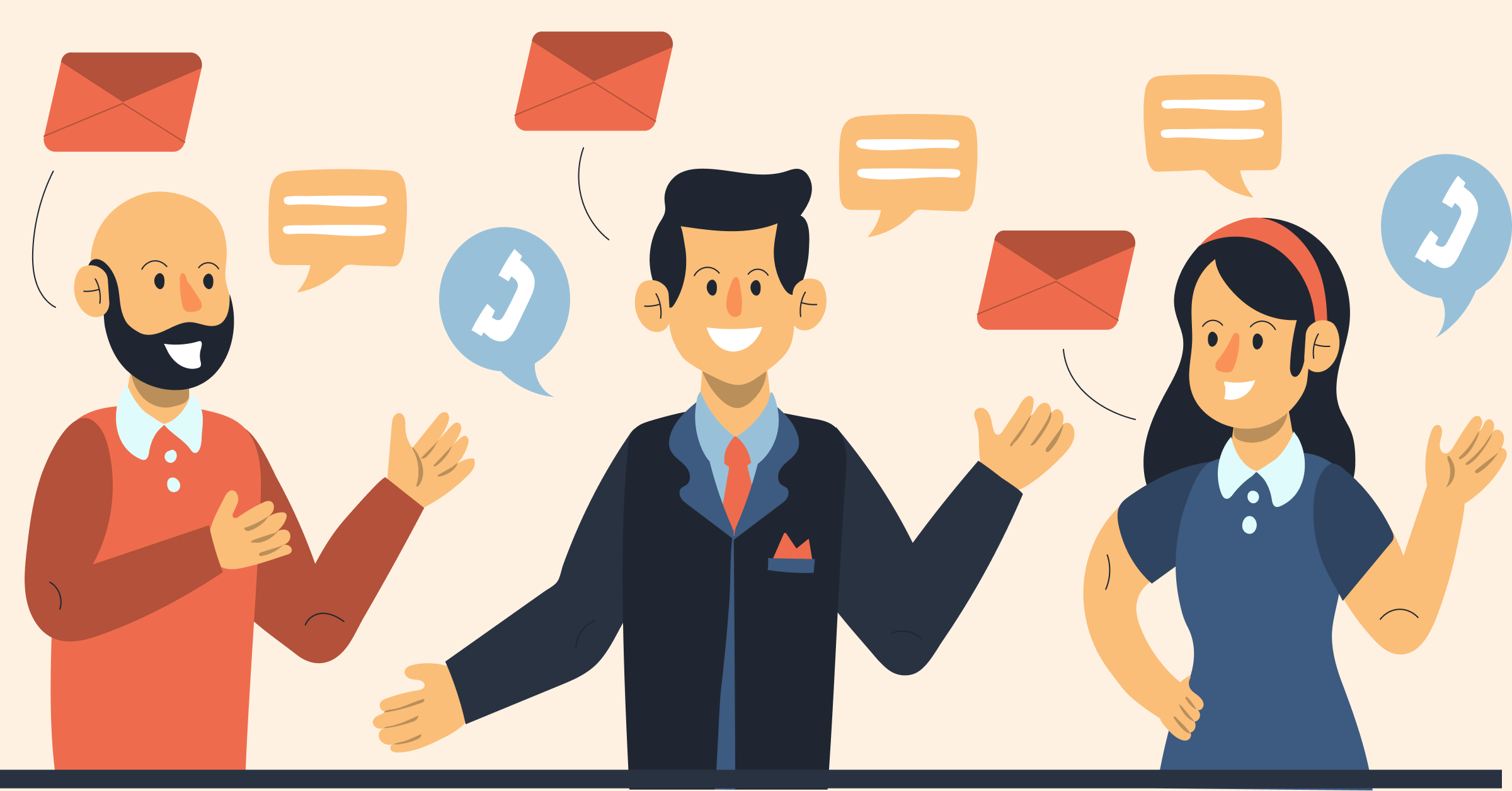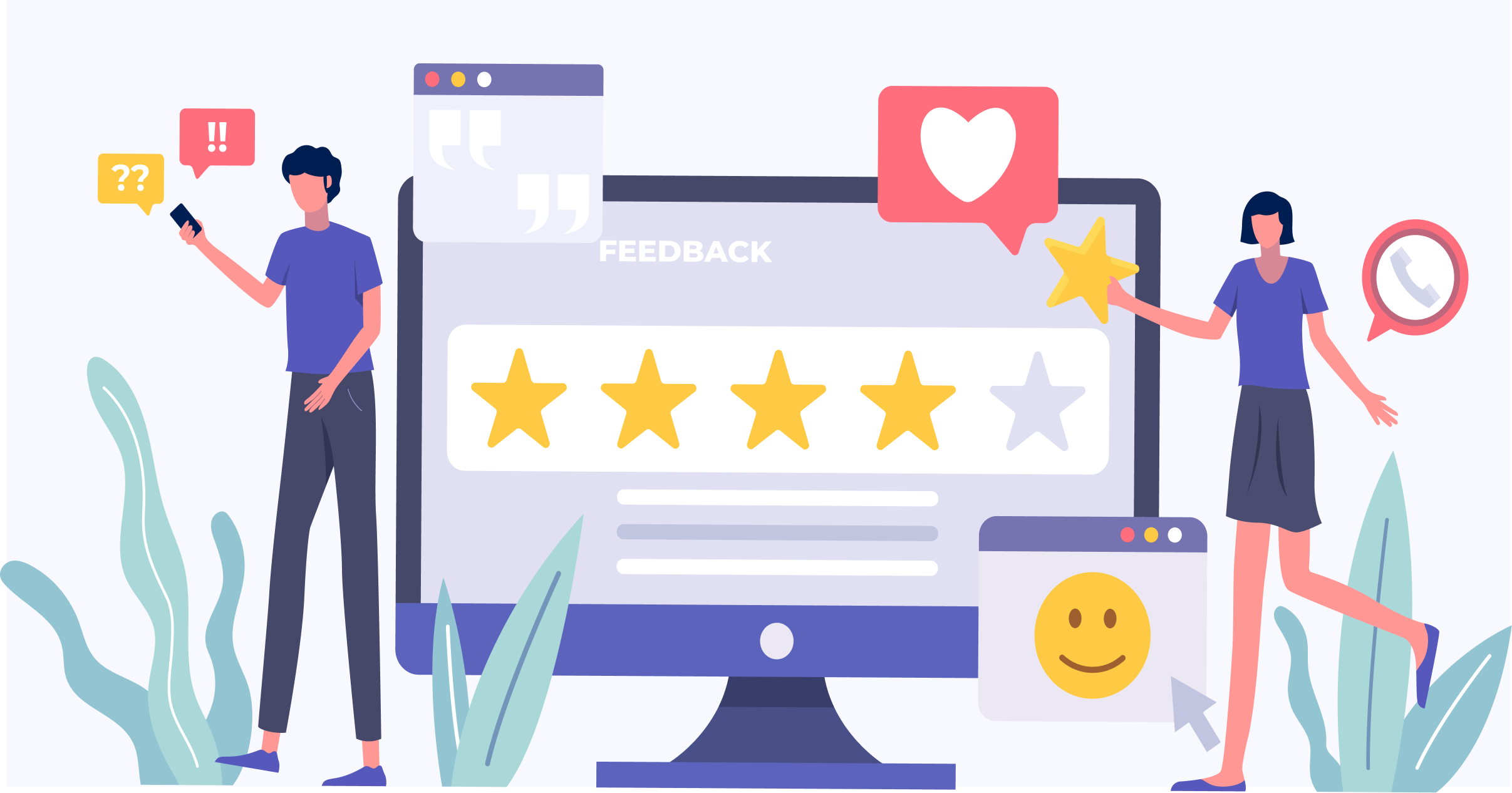1. Create a Positive Customer Experience
A customer-centric culture is a prerequisite for providing the best customer experience. It requires fostering a service culture, from top-level executives to frontline support staff.
From communication to onboarding to offboarding, each interaction should have the same focus on providing a quality customer experience.
Your priorities should be aligned with your customer goals through ongoing communication, anticipating their needs and offering proactive, helpful solutions.
Pro tips:
- Offer multiple support channels such as live chat, email, and phone to cater to different preferences.
- Provide self-service resources like knowledge bases and video tutorials to empower customers to find solutions themselves.
- Implement a ticketing system to track and manage customer inquiries efficiently.
- Continuously gather customer feedback to identify areas for improvement and adapt your support strategies accordingly.
2. Build an Efficient Customer Support Team
An experienced and dedicated customer support team acts as a backbone for SaaS businesses.
Building an efficient customer support team is crucial for any SaaS (Software as a Service) company. With increasing competition and customer expectations, providing exceptional customer support is key to retaining customers.
Pro tips:
- Look for individuals with excellent communication and problem-solving skills, as well as a deep understanding of your product/service.
- Invest in regular training sessions and keep your team updated with the latest trends in customer support tools.
- Empower customers to find solutions on their own through a knowledge base or FAQ section.
3. Automate Customer Support Processes
Establish well-documented and efficient support processes that ensure consistent and on-time support. The systems should be easy to follow with the necessary steps for communication, follow-up, and escalation.
Regardless of the nature of the issue, every team member should know the next best steps for resolution.
Pro tips:
- Deploy chatbots to handle frequently asked questions and routine queries.
- Create a comprehensive knowledge base that includes articles, tutorials, and frequently asked questions.
- Implement a CRM system to manage customer interactions and track their journey.
4. Provide Multi-Channel Support
Customers are most comfortable using their favorite communication channels in raising their support requests, especially those that are mobile-friendly.
Common support channels include phone, e-mail, live chat, video, and in-app messaging. Ensure that there is a reliable and fast response time when customers seek help.
Pro tips:
- Establish guidelines to ensure consistent messaging across all channels, maintaining brand voice and professionalism.
- Implement ticketing systems or CRM platforms to track customer inquiries, allowing for better analytics and improved support strategies.
- Use customer relationship management (CRM) tools to centralize customer interactions across different channels, ensuring a holistic view of customer interactions.
5. Build A Knowledge Base
Rather than looking for support, customers in SaaS-based companies should easily find solutions to their problems on their own.
A knowledge base is a self-help repository of resources, frequently asked questions, tutorials, and documentation accessed 24/7. Continuous content updates to the knowledge base enhance reliable self-help resources.
Pro tips:
- Categorize articles into relevant sections, making it easier for customers to navigate and find what they need.
- Create simple content that is easily understandable. Avoid jargon or technical terms that customers might not understand.
- Regularly review and update your Knowledge Base to ensure that all information remains relevant.
6. Embrace Proactive Support
Proactivity is the key to anticipating events, issue detection, and being asset-based in providing solutions.
Proactive support includes collecting real-time data, analyzing customer behavior, pre-emptive issue resolution, and offering new services to improve customer satisfaction.
Pro tips:
- Collect data, analyze trends, and listen to customer feedback to gain insights into their needs and pain points.
- Provide easily accessible resources, guides, and tutorials to empower users to find answers on their own.
- Monitor user behavior to identify potential issues and areas for improvement.
- Leverage chatbots, automated email campaigns, and predictive analytics to deliver personalized experiences.
7. Prioritize Customer Feedback
Customer feedback is a valuable tool for delivering excellent SaaS-based customer support. Gathering feedback from customers can help SaaS companies gain insight into customer’s needs and use this feedback to improve the customer support process.
Feedback can be collected in various ways, including surveys, follow-up emails, and website chatbots.
Pro tips:
- Implement strategies such as surveys, feedback forms, or regular check-ins to encourage customers to share their thoughts and suggestions.
- Set aside dedicated time to review & analyze feedback to identify common pain points and areas for improvement.
- Acknowledge customer feedback promptly to show that you value their opinions and are committed to addressing their concerns.
8. Measure SaaS Customer Support Metrics
Monitoring customer support metrics is vital to improving support quality.
Tracking metrics like response time, ticket resolution time, customer satisfaction, and churn rate, helps identify areas of weakness in the support process. It enables businesses to make data-driven decisions and take corrective actions to improve customer experience continually.
Pro tips:
- Identify the key performance indicators (KPIs) that align with your customer support goals and measure them consistently.
- Collect feedback from customers to gain valuable insights into their satisfaction levels and help you make necessary improvements.
- Respond promptly to customer inquiries and ensure that your average response times are within an acceptable range.
9. Categorize Your Customer Support Issues
Categorizing customer support inquiries into classes like technical, billing, inquiries, and feature requests helps to assign to the support staff. It will enable quicker responses and aid in problem-solving since it’s easier to refer back to solved problems.
Establish a clear process for resolving issues, highlighting key areas for improvement as well as providing positive feedback and recognition whenever possible.
Pro tips:
- Create a manageable number of broad categories that cover the majority of issues you encounter with the option to add subcategories if needed.
- Ensure that your support team understands the importance of categorization and is familiar with the predefined categories.
- As your SaaS product evolves, so will the types of issues your customers experience. Regularly review and update your categories to stay relevant.
Best Examples of Great SaaS-based Customer Service
SaaS-based customer service that redefine user experience and satisfaction. From personalized support to seamless integration, these examples showcase innovation and excellence in customer service.
